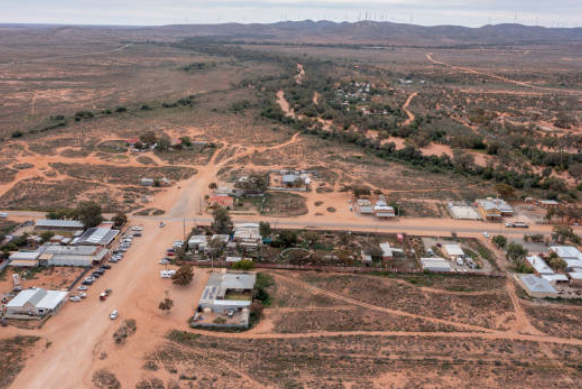
Posted on Wednesday, October 9, 2024
Australia's diverse climate ranges from tropical in the north to temperate in the south, posing distinct challenges for construction and manufacturing industries. Roll forming technology, known for its efficiency in producing metal profiles, can be adapted to meet these challenges effectively. Here’s a closer look at how roll forming machines can be customized to cater to Australia’s unique climate:
The choice of material is crucial when adapting roll forming technology to different climates. In tropical regions, materials need to withstand high humidity and corrosion, while in temperate areas, they should endure temperature fluctuations.
Customizing roll-formed profiles can significantly improve the performance of building components against local climatic challenges.
The thermal efficiency of buildings can be enhanced through specialized roll forming techniques.
Australia is prone to natural disasters, including cyclones, bushfires, and floods. Adapting roll forming technology can enhance the resilience of structures.
To meet the varied needs across Australia’s climatic zones, roll forming machines must be versatile.
Adapting roll forming technology to suit Australia’s unique climate is not only feasible but essential for ensuring the durability, efficiency, and safety of construction projects across the continent. By focusing on material selection, profile design, thermal performance, disaster resilience, and flexible production capabilities, manufacturers can leverage roll forming to meet the diverse needs of the Australian market, ultimately contributing to sustainable and resilient building practices.

Most Popular Roll Forming Machines in the United Kingdom
Posted on Thursday, December 11, 2025
This blog breaks down the five most in-demand roll forming machines in the UK

Can I Finance a Roll Forming Machine?
Posted on Thursday, December 11, 2025
Financing a roll forming machine is easier than most buyers think. Here’s how leases, loans, and payment plans make production affordable.

Roll Forming Machines for Sale in the UK: What Buyers Need to Know Before Purchasing
Posted on Thursday, December 11, 2025
This complete guide explains everything UK buyers must know before purchasing, including machine types, voltage requirements, CE/UKCA compliance

Roll Forming Machines for Sale in the USA: What Buyers Need to Know Before Purchasing
Posted on Wednesday, December 10, 2025
This guide explains everything U.S. buyers need to know before purchasing a roll forming machine, including machine types, pricing, voltage
Copyright 2026 © Machine Matcher.